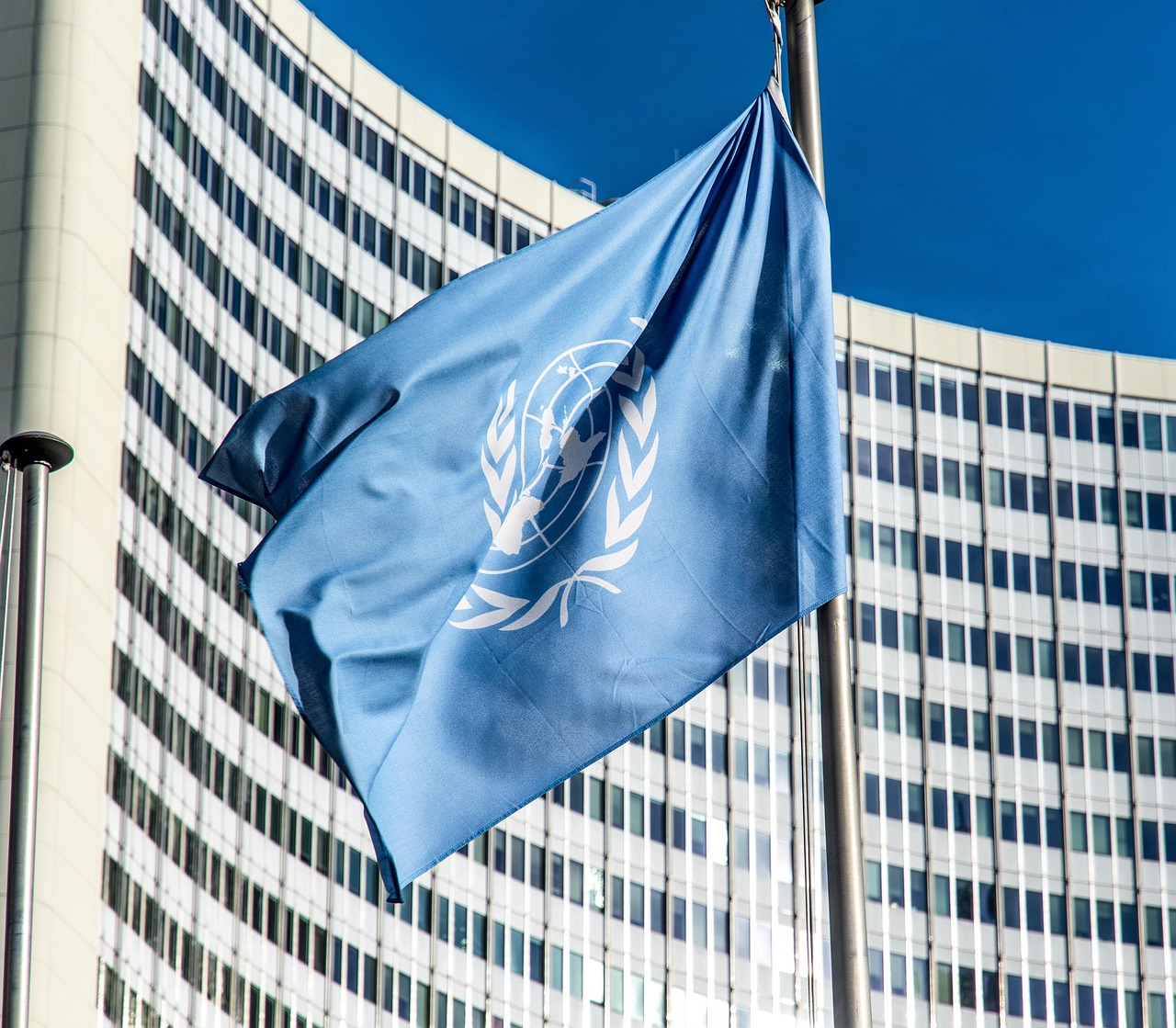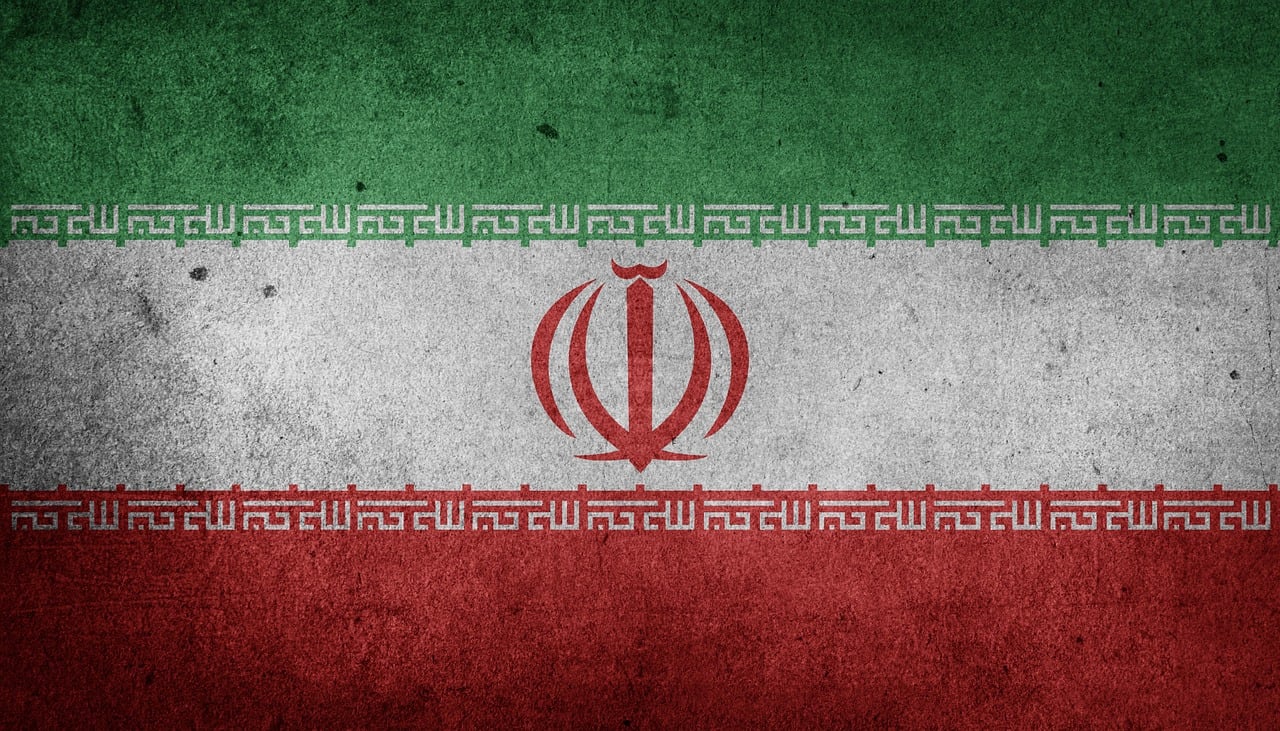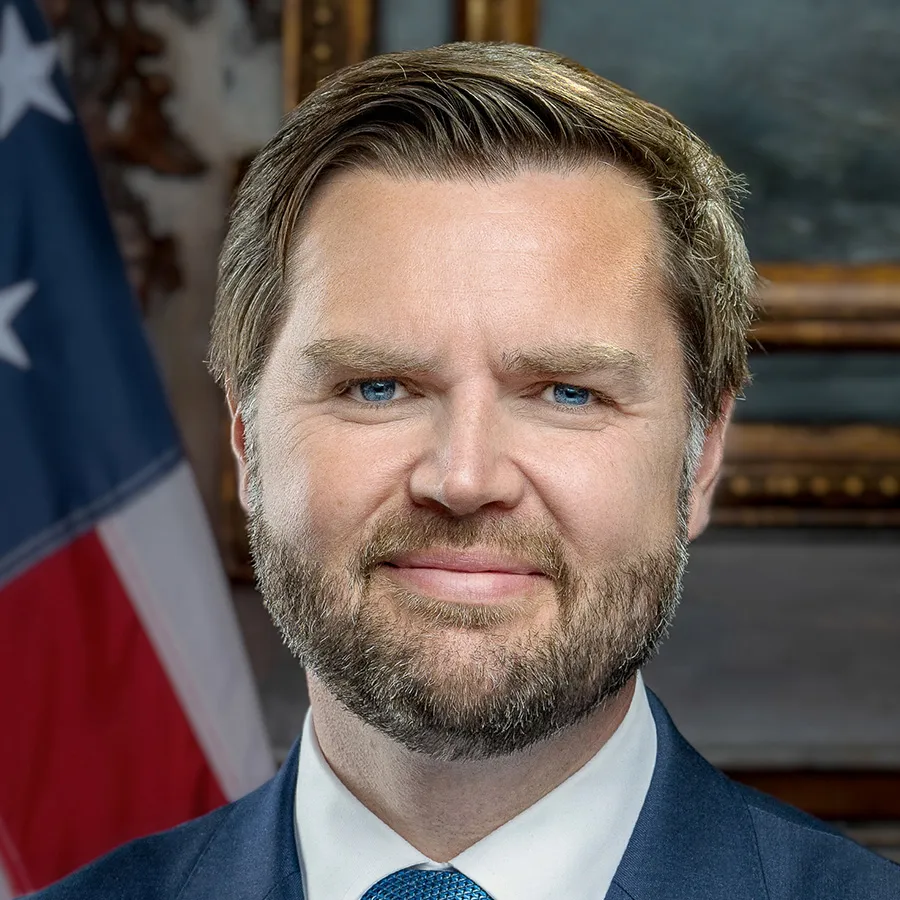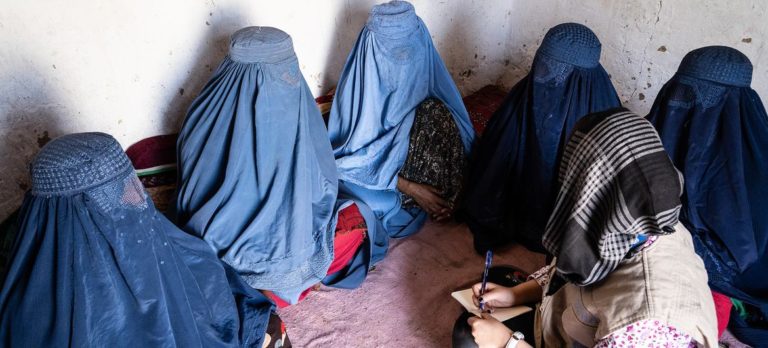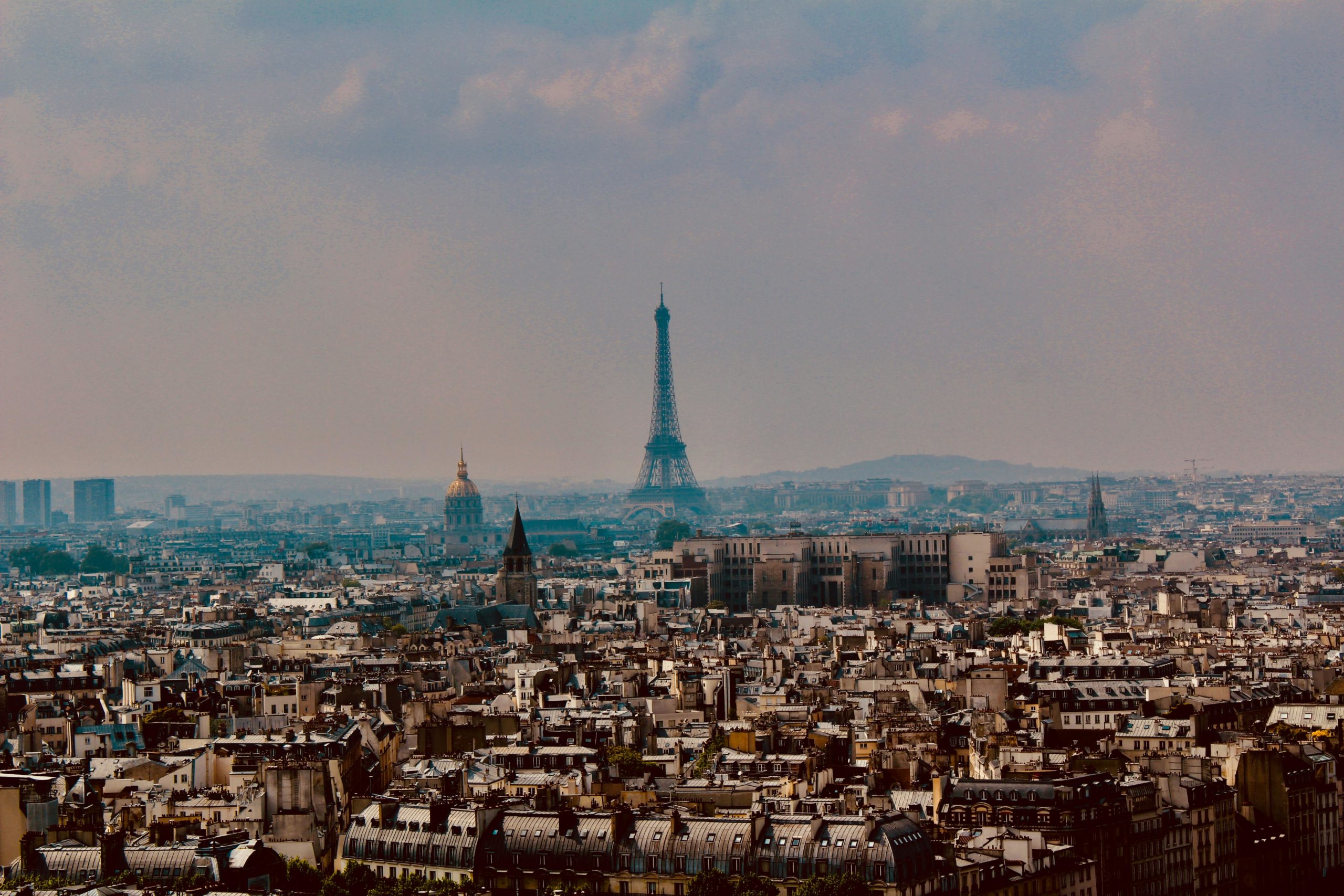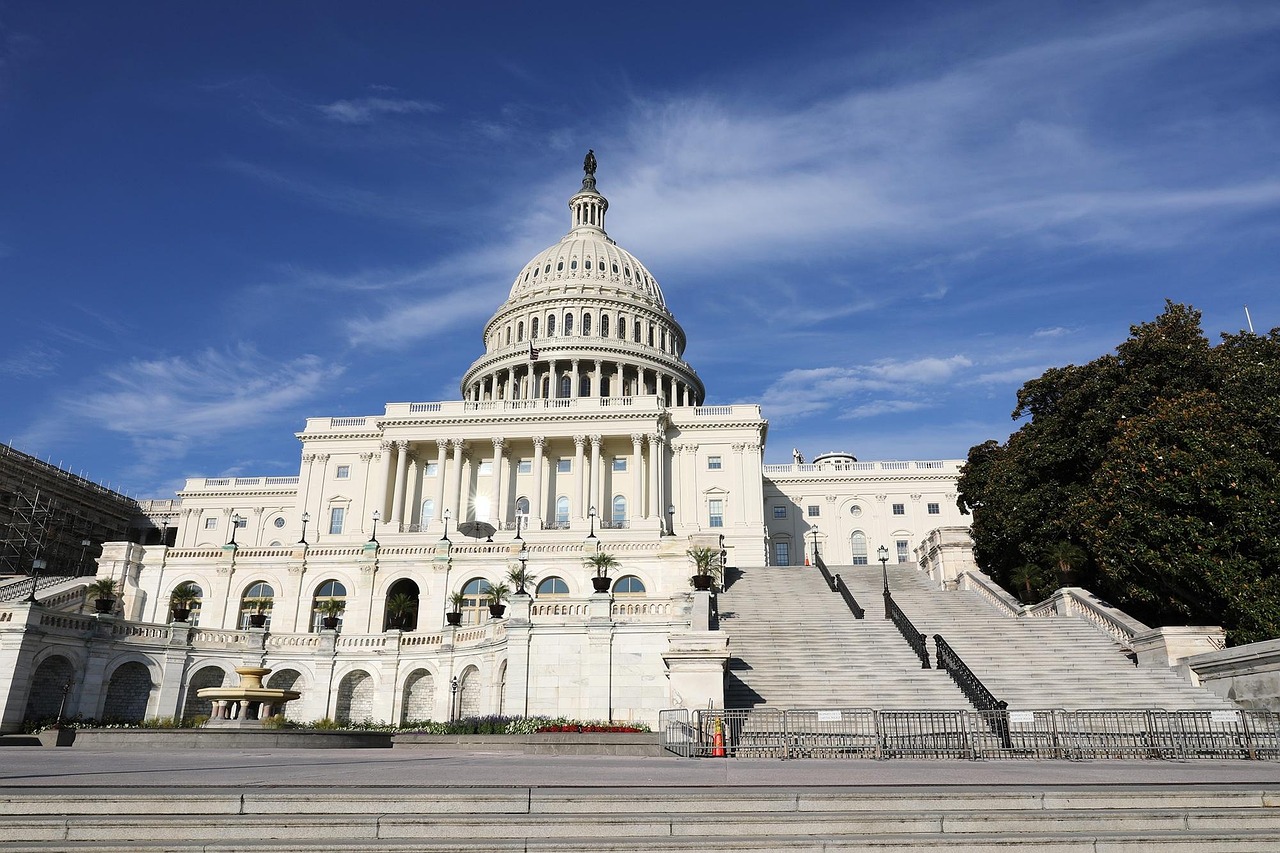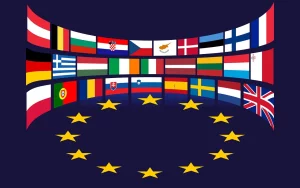Is multilateralism still alive? Many diplomats and policymakers may pretend it is. But deep down, we know the truth: multilateralism, as we have known it since the end of World War II, is not just in crisis — it is collapsing. What was once the foundation of global governance, international peace, and post-war cooperation now seems obsolete, dysfunctional, or — worse — hijacked by those who once built it. This is not a sudden implosion. It is a slow erosion, decades in the making. We are witnessing the unraveling of a system whose fragility was long underestimated. The end of multilateralism is not just a possibility. It is a reality. And the question now is no longer how to preserve it — but what to replace it with.
A system made by the West, for the West
Multilateralism is often portrayed as universal. It was not. It was designed by the victors of WWII, primarily the United States and Western Europe, to stabilize a world order in their own image. The United Nations, the IMF, the World Bank, and later the WTO were born not out of global consensus, but of geopolitical dominance.
The “Society of Nations” failed in part because it was Eurocentric and structurally weak. The UN inherited a similar bias. Its Security Council, with five permanent members wielding veto power, reflects a global power structure frozen in 1945. Meanwhile, the voices of the Global South were marginalized from the start — invited to participate, but not to shape. Multilateralism was, in essence, a top-down framework: Western-led, Western-defined, Western-guarded.
The world changed — the system didn’t
Over the past 30 years, the global landscape has been transformed. Emerging powers — China, India, Brazil, Turkey — are now demanding a seat at the table. Civil society has grown stronger. New regional alliances have gained ground. Yet the core institutions of global governance remain largely unchanged.
The result? Paralysis. The UN failed to act in Rwanda, Iraq, and Syria. The WTO is stuck in internal deadlock. The WHO was politicized during COVID-19. What once promised global cooperation has become bureaucratic theatre — detached from reality, incapable of reform.
And then came Donald Trump. His first term shattered the illusion of American leadership. He withdrew from the Paris Agreement, mocked NATO, questioned the UN, and shouted “America First” — and meant it. His return to power in 2025 confirms that this was not an exception. It was a preview. Trump is not the cause of the collapse. He is its loudest symptom. Multilateralism no longer serves the interests of its creators — and increasingly fails the rest of the world.
When diplomacy becomes a stage set
The decline of multilateralism is perhaps most visibly embodied in three of its historic capitals: New York, Geneva, and Brussels. Once vibrant centers of global decision-making, these cities now serve more as symbolic backdrops than genuine arenas of influence.
In New York, the United Nations headquarters stands as a monument to diplomatic ambition — but also to its limits. The Security Council, long dominated by a rigid structure and the paralyzing effect of the veto, has become incapable of meaningful action. On urgent crises — from Ukraine to Gaza to Sudan — the UN too often watches from the sidelines, reduced to issuing carefully worded statements that rarely change facts on the ground. Once the engine of international peacekeeping, the UN is now a forum for political theatre, where decisions are blocked more often than made.
In Geneva, the situation is no less troubling. Historically seen as the cradle of humanitarian diplomacy and home to dozens of international agencies, Geneva now struggles to retain its relevance. While civil society remains active and institutions like the Human Rights Council continue to convene, they are increasingly ignored or sidelined by states pursuing unilateral agendas. The very ideals that Geneva represents — neutrality, dialogue, protection of human rights — seem increasingly out of sync with the geopolitical reality of force and fragmentation.
Brussels, the capital of the European Union, was long viewed as a successful experiment in regional multilateralism — a model, even, for others to emulate. But the EU today faces internal divisions, institutional fatigue, and geopolitical irrelevance. The war in Ukraine has exposed the bloc’s lack of strategic coherence; its response to global crises is often too slow, too bureaucratic, too fragmented. While the EU continues to promote values-based diplomacy, its global influence is shrinking in the face of rising powers and shifting alliances.
Together, these three cities — once pillars of multilateral governance — now illustrate the distance between the ideals of international cooperation and the hard reality of 21st-century geopolitics. The stage remains. The actors are still there. But the play has lost its audience.
4. What comes after?
The collapse of multilateralism is not just an institutional failure — it is a geopolitical realignment. Ad hoc coalitions are replacing permanent bodies. Bilateral deals outpace universal frameworks. Great power competition is back, and global rules are increasingly optional.
And yet, the paradox remains: the need for cooperation has never been greater. Climate change, pandemics, artificial intelligence, migration — none of these challenges can be solved in isolation.
So the question we must ask is not only “Is multilateralism dead?” but “Can we invent something better?” A system that is more inclusive, more flexible, more representative. One that reflects the 21st century — not the mid-20th. The collapse of the old order opens a dangerous vacuum. But it also offers a rare opportunity. If we are brave enough to seize it.
Souhaitez-vous que je vous génère maintenant une version print-ready (PDF, mise en page presse) ou un modèle de mail pour proposition à un média ?

